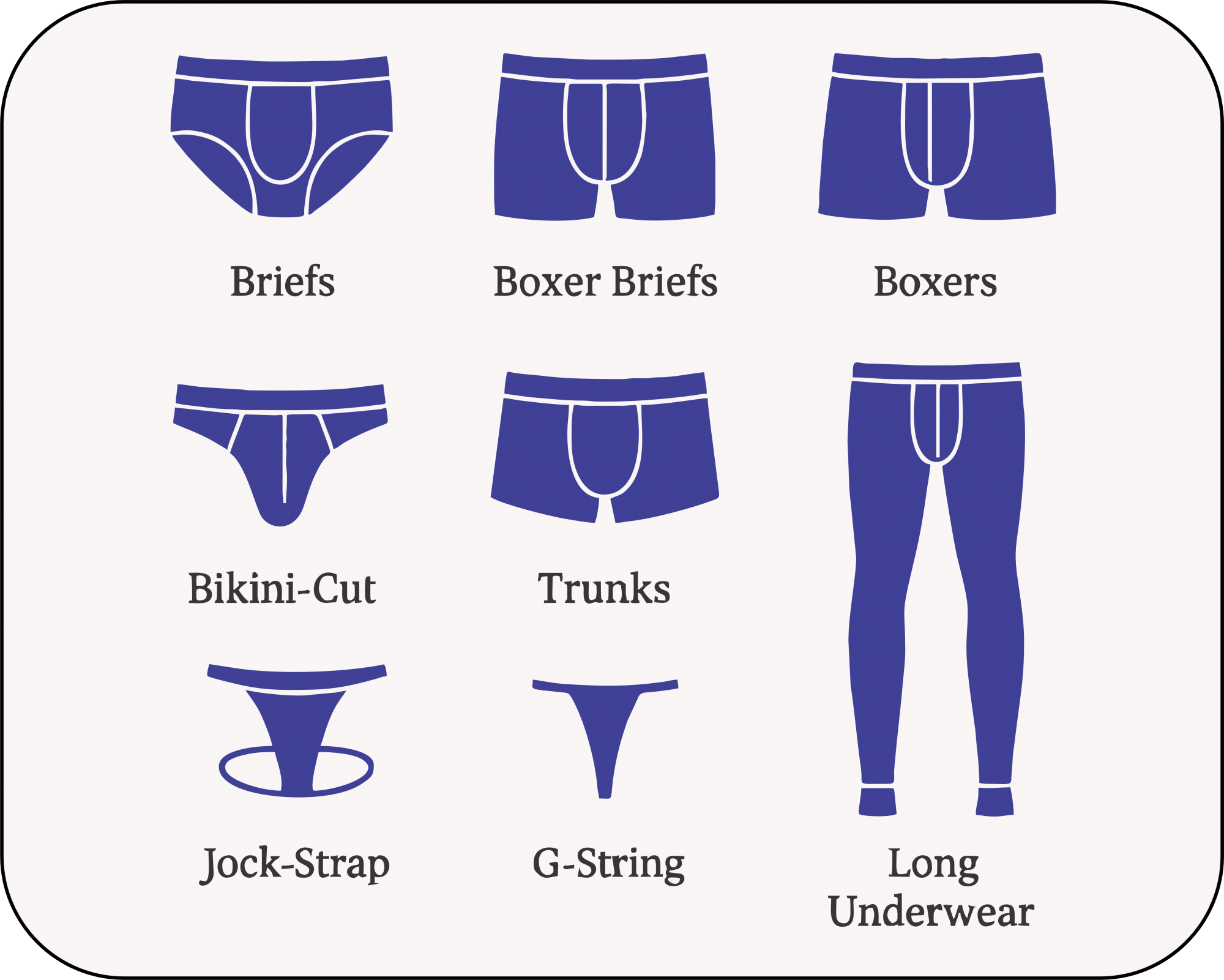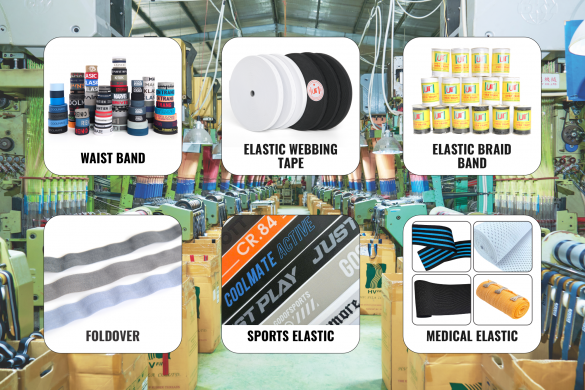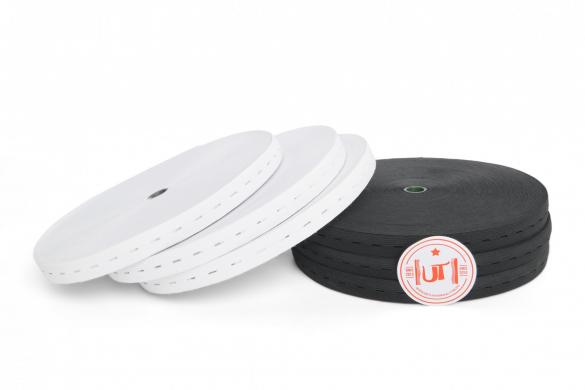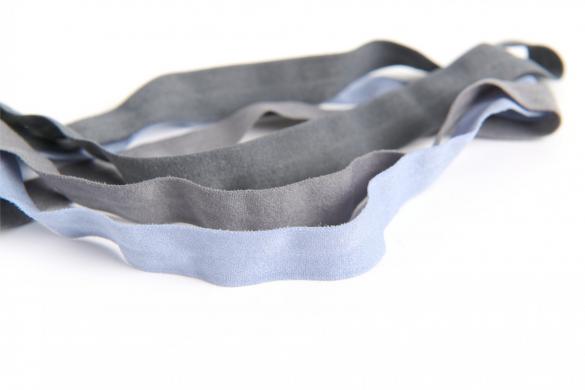1. Introduction
Men’s underwear is considered one of the most essential garments for hygiene, comfort, and style. Today, men's underwear has evolved into a diverse range of products featuring modern designs and production technologies.
2. Benefits & Functions
- Maintains hygiene, prevents fungi and bacteria.
- Supports and protects the genitals during movement.
- Reduces friction between skin and outerwear.
- Enhances the aesthetics when wearing tight clothing.
3. Historical Evolution
Early men’s underwear appeared in the Middle Ages as basic cloth undergarments. In 1935, the first briefs were patented by the Jockey brand. The invention of spandex in 1958 greatly improved stretch and breathability.
4. Popular Types of Men’s Underwear

- Briefs: Classic V-shape, snug fit, ideal for active wear.
- Boxer Briefs: A hybrid of boxers and briefs, wraps around thighs, versatile.
- Boxers: Loose fit, breathable, best for lounging.
- Trunks: Similar to boxer briefs but shorter, youthful look.
- Bikini: Compact, sexy, accentuates curves.
- Jockstrap: Athletic support, prevents injury, ideal for sports.
- G-String: Ultra-minimal, for shows or aesthetics.
Quick tip: New to underwear? Try Boxer Briefs — form-fitting and compatible with most outfits.
5. Common Materials
- Cotton: Soft, skin-friendly, excellent moisture absorption.
- Modal: Lightweight, breathable, odor-resistant.
- Spandex (Lycra): High elasticity, snug fit.
- Polyester: Shape-retaining, quick-drying, lower absorbency.
6. How to Choose & Care
- Pick the right size: not too tight, not too loose.
- Replace every 6–12 months for hygiene.
- Hand wash or use mesh laundry bags to maintain shape.
7. Conclusion
Though small in size, men’s underwear plays a big role in daily comfort and confidence. Choose the right material and style to level up your lifestyle and health!






